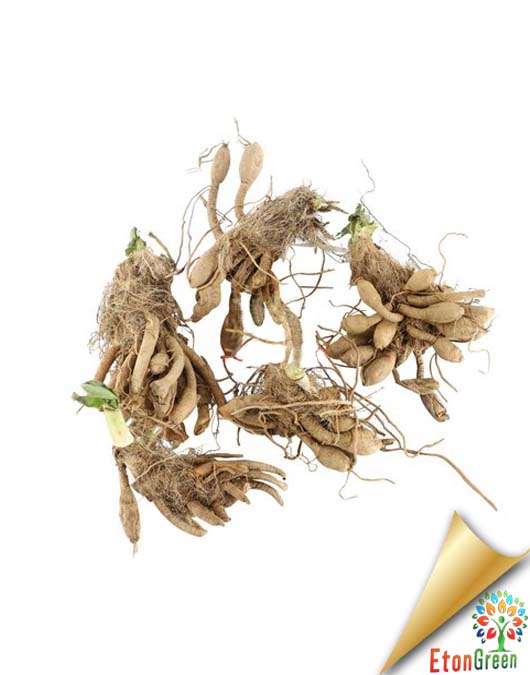- Shipping charge ₹ 90 for entire order
- Rain lily Leaves are a deep glossy green and measure 3 mm wide. Flowers, which at first resemble a new leaf, but emerge from their papery sheaves to a stunning whiteness; they are erect in perianth.
- Zephyranthes can be deciduous or evergreen bulbous perennials, with linear leaves and funnel-shaped or crocus-like flowers in spring, summer or autumn.
- Plant zephyranthes bulbs in a place that receive full sun
- Dig holes and plant the bulbs 1-2 inch deep and 6 inch apart
- Sow bulbs into a hole made with your finger or the end of a stick
- Poke, drop, cover
- After planting, water well, gently soaking the soil and settling it around the bulbs
- Germination will begin in 10 to 15 days
- Rain lilies are happiest with little moisture during spring and summer, with a bit more water late in the season to trigger flowering
- Plant the bulbs immediately and do not store for long time
- Its star shape attractive flowers increase the beauty of any empty space.
- The star shape flowers are mostly used for ornamental purpose in garden, balcony, terrace, etc.




